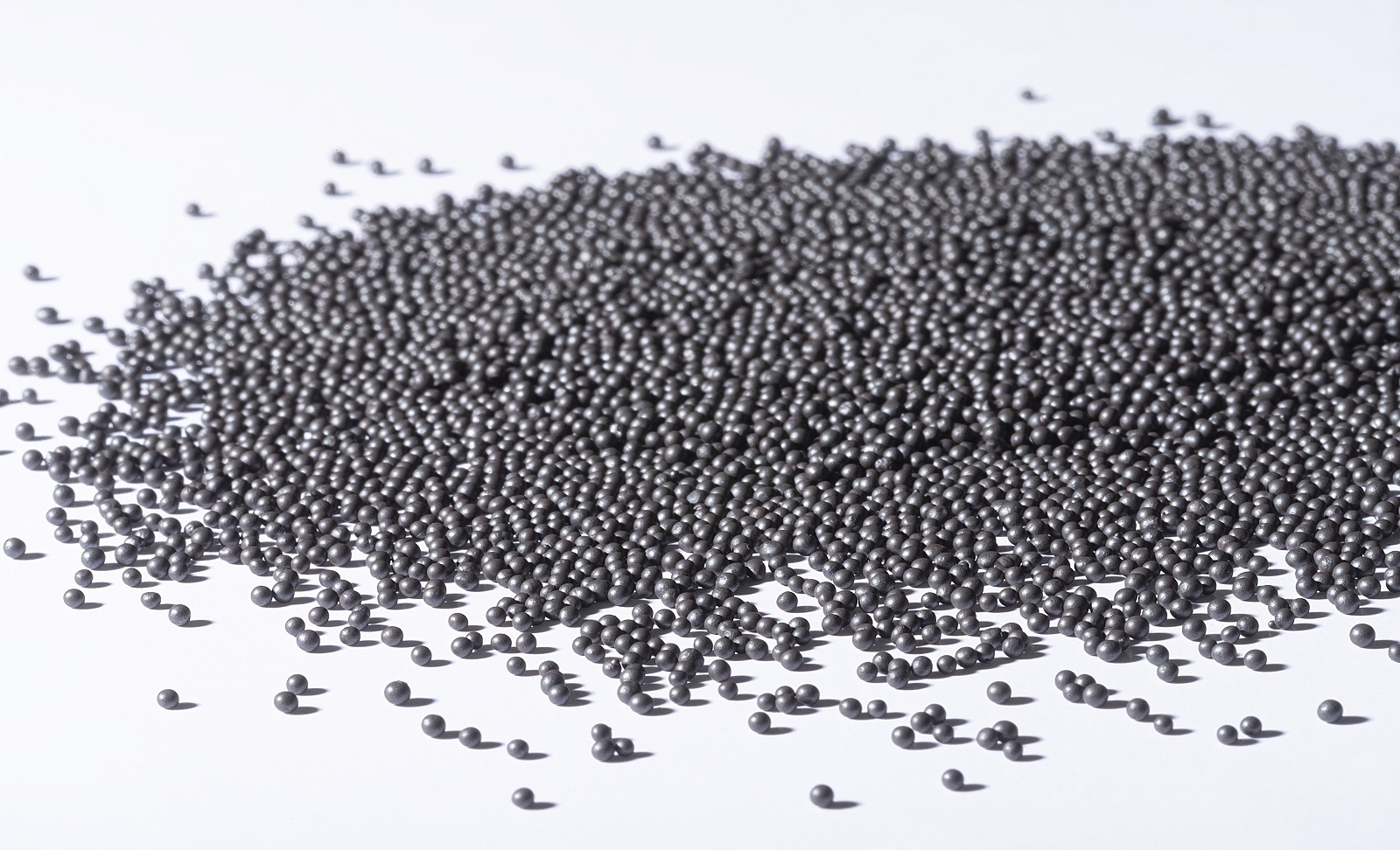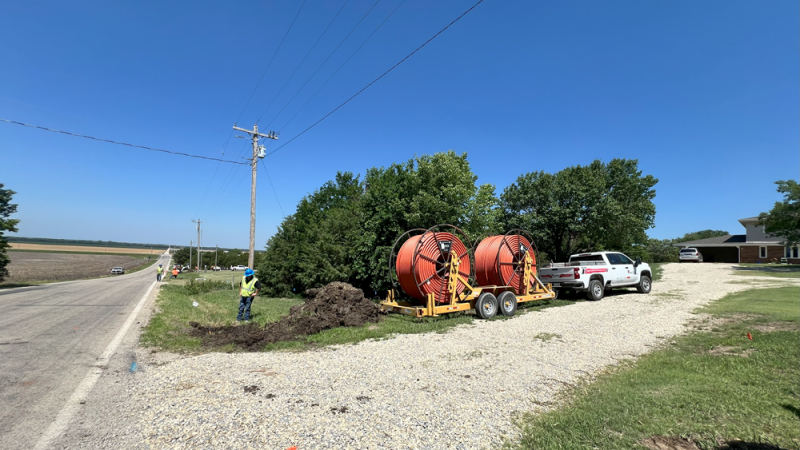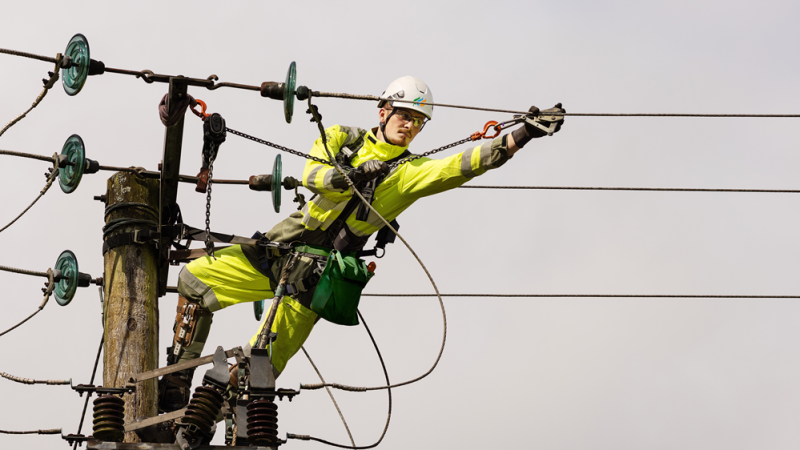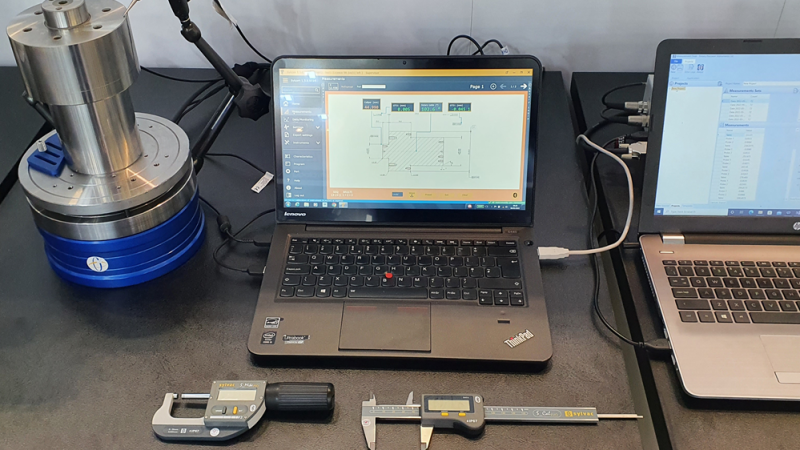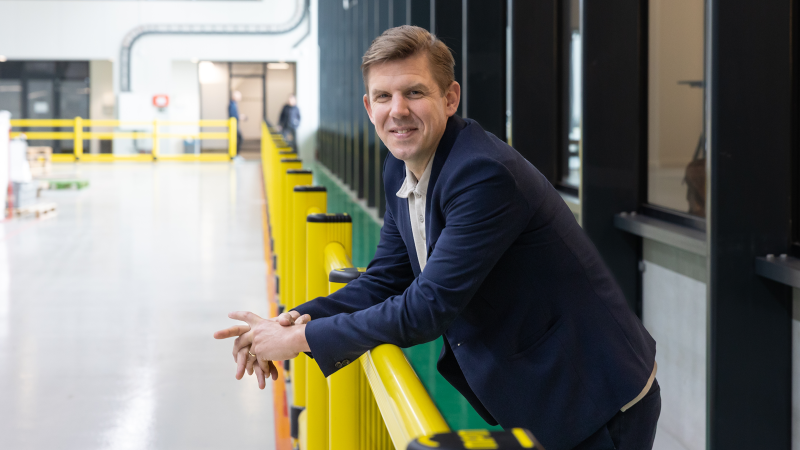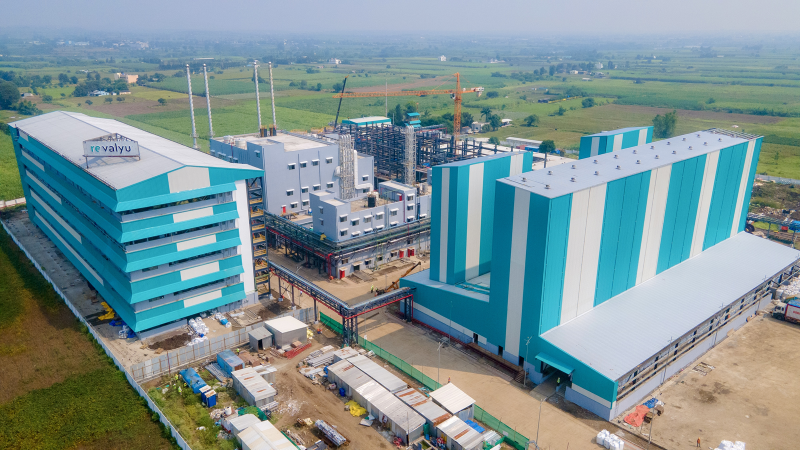Winoa provides high value shot blasting products based on an efficient, finely tuned circular economy.
From its headquarters in France, Winoa specialises in preparing, treating, and transforming metal surfaces, whether that is through the manufacture of steel shot and grit, stainless steel abrasives or cut wire. Founded in 1961 through a joint venture between Société des Hauts-Fourneaux et Forges d’Allevard and the US Wheelabrator corporation, for over 60 years Winoa has provided technological tools and services alongside the production of steel grit for stone cutting.
But as well as being a business leader and well-established name in the steel abrasives industry, Winoa has also set itself the goal of being an environmental leader.
The company has adopted a green pledge to be carbon neutral by 2050, but more than just making big promises, Winoa has set in place a clear roadmap to reducing carbon emissions by as much as 100 kgCO2eq/ton every ten years. The firm is well positioned to make good on that promise, with its emissions standing at 300 kgCO2eq/ton, a benchmark level for the industry.
 “Our Green Pledge strategy plan gives us a formal roadmap to achieve zero carbon by 2050,” Industrial Operations Director, Christophe Bertoncelli has said. “We have already reduced our CO2 emissions by -18% in 2 years to achieve 300 kgCO2eq per ton produced in 2021. We constantly monitor and adjust our production processes to reduce our energy consumption throughout the product life cycle.”
“Our Green Pledge strategy plan gives us a formal roadmap to achieve zero carbon by 2050,” Industrial Operations Director, Christophe Bertoncelli has said. “We have already reduced our CO2 emissions by -18% in 2 years to achieve 300 kgCO2eq per ton produced in 2021. We constantly monitor and adjust our production processes to reduce our energy consumption throughout the product life cycle.”
But creating a more sustainable vision for the industry is about more than simply reducing emissions. This is why Winoa has invested in pivoting the company towards a more circular economy, sourcing 95% of its raw materials from recycling, while 80% of the company’s waste products, worldwide, are repurposed for more productive uses.
Meanwhile, the abrasives themselves are designed and manufactured to be reused thousands of times before they are re-cast into new products.
But Winoa is a triple threat, combining drastically reduced carbon emissions and a circular resource economy with an ambitious program of energy efficiency measures across the company’s production processes.
Winoa has made significant investments in projects such as innovative heat treatment, alongside more modest, but cumulative steps such as installing LEDs in its workshops. Every approach & tool is on the table. The company has also been looking into carbon capture technologies like molecular despositions.
All these approaches come together to create an end-to-end strategy to protect the environment, but even with all that behind it, Winoa is the first to point out it cannot achieve its goals alone. The firm partners with its clients to develop cutting-edge products and services to reduce their environmental impact. Further up the supply chain, Winoa has close relationships with its suppliers, securing commitments to actions like eco-mobility from its preferred partners.
Within Winoa itself, the company has been building up a talent pool of digital expertise that will prove crucial to promoting the company’s environmental leadership.
Responsibility and Vision
Winoa has been so driven in its pursuit of these environmental goals because its leadership believes that, as a world leader, the company has not just the expertise and passion to protect our environment, but also the responsibility.
That responsibility is not a bolt-on, but integral to Winoa’s vision, leadership, and convictions as a company. Their mission is to “Prepare tomorrow’s surface,” and that means creating an extensive portfolio of premium and recyclable speciality abrasives that achieve Winoa’s environmental goals while improving the performance of its customers’ operations. The firm is continually developing new technologies to improve its customers’ performance while allowing them to modernise and simplify their processes to be leaner and greener- just like Winoa’s.
The company and its staff are continually on the lookout for ways to add value to their services to their customers, supporting them and helping them optimise their surface preparation and treatment operations not only with top-of-the-line products but also with the highest levels of training and maintenance.
In all its activities, Winoa has established an attractive and stable business model that shows that sustainable business practices can make for an appealing investment platform for its shareholders while also comprehensively serving its clients’ needs.
Creating Efficiency
A key facet of Winoa’s sustainability roadmap is efficiency, across every level of the business from the ground up. The company’s production processes generate almost no waste, as 95% of the steel dust particles creates as by-products are repurposed or recycled. Of the company’s production waste, 78% is recycled and used by other industries.
But while the goals and strategy Winoa employs are applied worldwide, its methods are adapted to each environment. Looking at the needs of the country it is working in, the company seeks out ways to turn its waste into a new resource everywhere it works.
Winoa’s commitment to red-ucing waste is also reflected in how it deals with heat. For example, the firm’s compressors are equipped with heat recovery units that can divert generated heat into water or even the plant itself. With the use of regenerative burners, Winoa is able to conserve the heat it produces, and then repurpose it to reheat the air in the company’s furnaces.
 Those furnaces are insulated, and Winoa can digitally regulate their settings through specially installed tools. The capture-and-reuse attitude to heat is part of a mindset that can be seen across the company, including with Winoa’s support for its clients.
Those furnaces are insulated, and Winoa can digitally regulate their settings through specially installed tools. The capture-and-reuse attitude to heat is part of a mindset that can be seen across the company, including with Winoa’s support for its clients.
Energy efficiency plays a key role in all of Winoa’s work. The company’s approach is one that does not just focus on creating an enhanced environmental impact but also combines that with high business performance, achieving energy efficiency and optimized production across its processes.
All of Winoa’s actions and processes are guided by the common-sense philosophy that unused energy is the best way to improve energy balance. The company’s pursuit of this approach has led to it being ISO 50001 certified and can be seen even in its upstream energy procurement.
But not everything is about recycling and reusing. Sometimes it is about creating something new. The car parks at Winoa’s Le Cheylas site are soon going to be shaded by an array of photovoltaic panels – directing sunlight into electricity production rather than heating up employees’ car interiors.
The pilot scheme will generate 64kWh of power, integrated with Winoa’s on-site electrical network, with plans to scale up the project in future. Already Winoa is planning similar installations across its facilities in Spain, Slovenia, and Thailand.
“With our cutting-edge data collection system, we can analyse the energy consumption for every heat of steel, and production meetings use data for daily analysis and corrective actions, at every stage of the production cycle,” Bertoncelli has said.
The Circle of Life
But to truly understand just how intrinsic Winoa’s approach to sustainability is to the business as a whole, we need to return to looking at its products, following one of its steel shots from start, to finish, and back again.
First, we look at the raw materials, 95% of which are sourced from the circular economy. Through the journey of those raw materials, we will see that each stage of the product’s life has an important role to play in driving down the impact of Winoa’s carbon footprint.
Winoa gathers those raw materials from recycled scrap within a 200km radius of its plants- ensuring that transporting the scrap does not negate the point of recycling it. The company is still looking into potential new solutions to replace the remaining 5% of the material they cannot find in scrap.
While the raw material is important, Winoa also emphasises the importance of the design of its products. Winoa’s shot media is made of proven steel sources, allowing it to produce products for premium, speciality and value-added products. Where necessary products are adapted to meet the specific needs of clients, tailoring the size, shape, and hardness to requirements. In designing the shot, Winoa’s priority is maximum efficiency for cost, time, energy and of course, environmental profile.
During the production process itself, energy efficiency is a watchword, for reasons that are strategic as well as environmental. Even the smallest compressed air leak is carefully tracked, while automated power modulation has been put in place to optimise consumption in line with ISO 50001.
Winoa is also a pioneer in the use of forced air to reduce how much energy is used in the quenching process, while digital tools regulate consumption.
Where the production process creates waste at Winoa’s French plant, 96% of that waste is repurposed. Smeltery dust becomes the raw material for zinc production, iron oxide is used to complement mined iron in blast furnaces, and even the slag becomes the sub-structure of new roads.
The finished products them-selves are put into bulk bags or recyclable bags of 25kg, but the work does not end there. Winoa takes efforts to ensure its products are dispatched, whenever possible, from the site closest to where its clients are based.
Once the products are in customers’ hands, many companies would consider their job done, but Winoa has continued to develop new services that will allow its customers to reduce their own impact when putting Winoa’s products to use. This involves end-user training, machine audits, and optimising blast machines and energy consumption. Winoa also equips its customers with digital tools, including W Tech™ products such as WA Clean™ or WA 3D™ to help customers reduce their total cost of operation while increasing their knowledge base.
The quality of Winoa’s products means that its steel shot can be used several thousand times, as opposed to expendable abrasives, but even after that, Winoa’s work is not done. When the steel shot becomes too small to use, it can still be recycled. It ends up as scrap, in particular, the scrap that Winoa buys as raw material to make its products. It is an entirely closed loop.
Seeking New Solutions
It is clear from everything that we have seen that Winoa has a robust infrastructure in place to reduce the environmental impact of its work in every way, but Winoa is not happy to rest there. The firm continues to work with trusted suppliers to find more recycled raw materials, including aluminium or even tires that can be used for their carbon content.
Winoa also works alongside technical institutes and research centres to develop projects that will lead to even more innovative solutions.
An area of particular interest for Winoa right now is carbon capture technology. This is an area of research that is moving particularly fast, and Winoa has kept a close eye on both the current research and potential future innovations. New solutions will soon be available in this field, and Winoa has positioned itself to put those solutions to good use.


Ramesh Krishnan, Christophe Bertoncelli,
CEO & Chairman, Winoa Chief Operating Officer, Winoa
